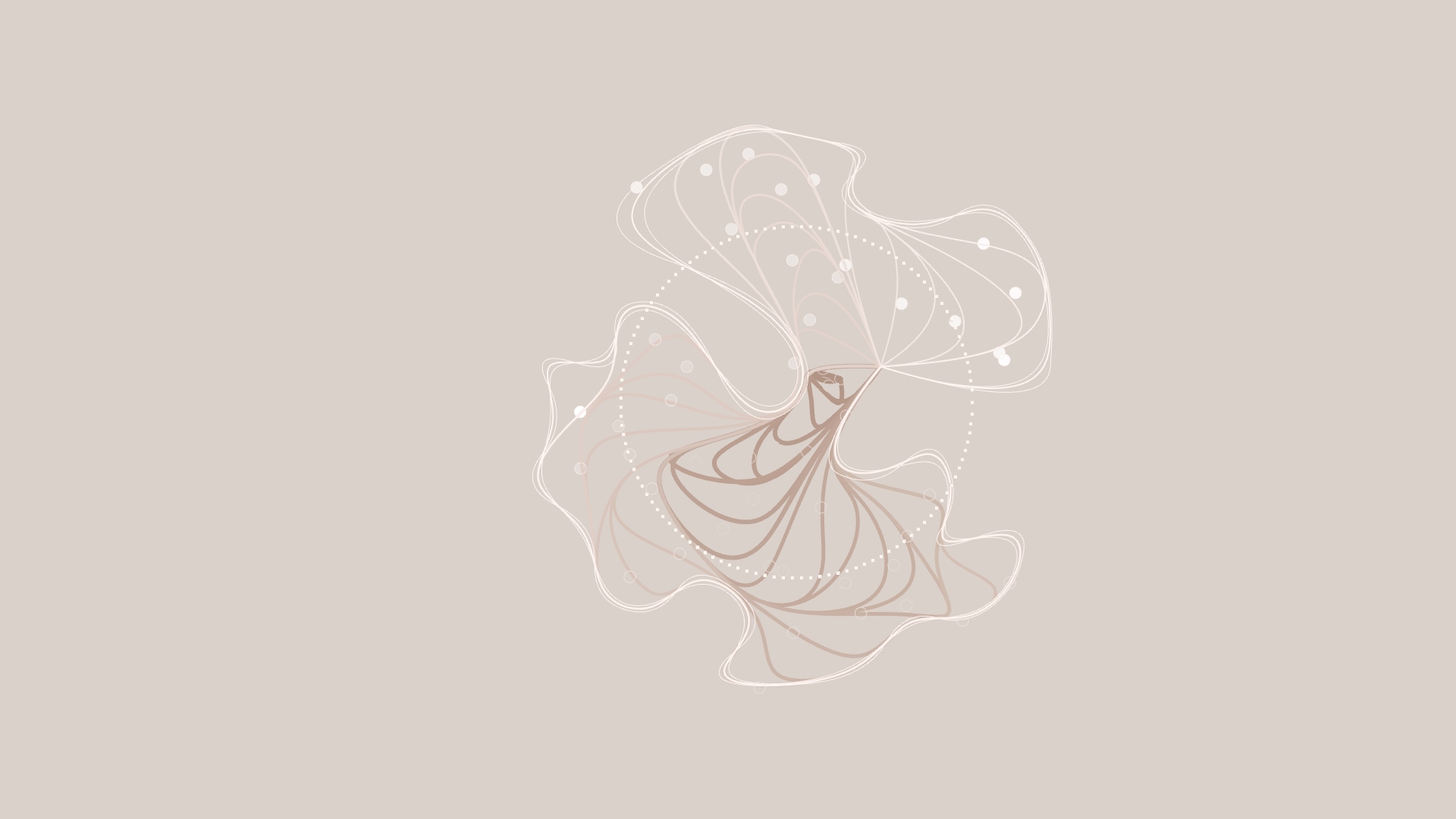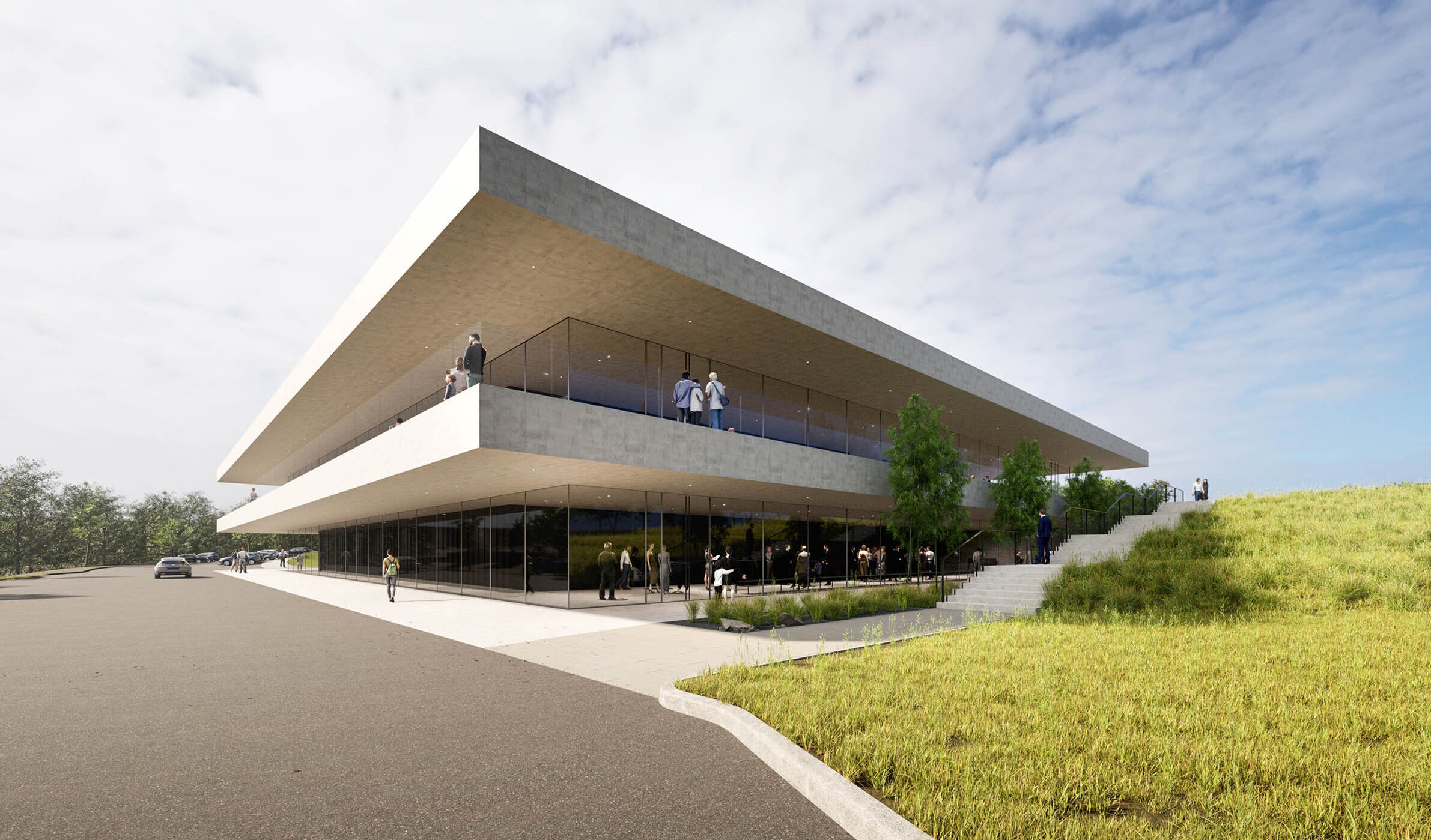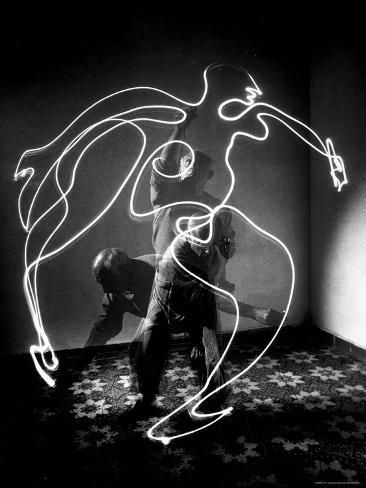
Jacob’s Pillow: Illustrated Response to a Question
If we look at Architecture as an integration of identity and culture through the human expression of construction, design, and visualization, there contains an innate set of rituals, traditions, customs, and learned behaviors accumulated over both space and time that set the boundaries of not just the Dancers, but who can take part in the dance as well. (A)
In the inverse, the Dancers have the potential to reinforce the nature of the social architecture by how their ritual occupation of space upholds those boundaries. In the same measure, the Dancers who have not been a part of this mediation from the start rebel against these boundaries by allowing their own spirit, knowledge, and interpretation of space to project new potentials for Architecture. (B)
Architecture vis-à-vis construction tends to be permanent for the foreseeable future in human time; but this conversation stokes a conceptual need for there to exist openings in which the Dancers can be allowed the opportunity and autonomy to define space they occupy. Dynamic and successful architecture needs to return to a more collective sense: where social expressions of all who can take part in the dance are heard and seen in the construction of space so that the architecture is an inclusive social amalgam of all. (C)


